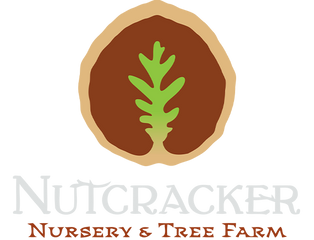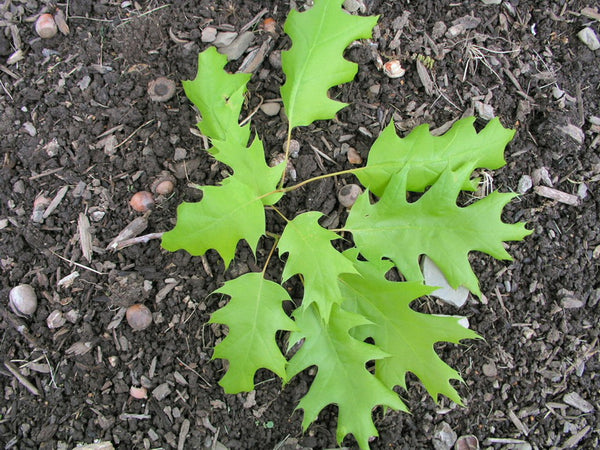Red Oak, Quercus rubra
Shipping calculated at checkout
Only 1 in stock
Need more? Contact us
commonly called northern red oak, (syn. Quercus borealis), is an oak in the red oak group (Quercus section Lobatae). It is a native of North America, in the northeastern United States and southeast Canada. In many forests, this deciduous tree grows straight and tall, to 28 m (90 ft), exceptionally to 43 m (140 ft) tall, with a trunk of up to 50–100 cm (20–40 in) diameter. Open-grown trees do not get as tall, but can develop a stouter trunk, up to 2 m (6 ft) in diameter. It has stout branches growing at right angles to the stem, forming a narrow round-topped head. It grows rapidly and is tolerant to many soils and varied situations, although it prefers the glacial drift and well-drain soil. Under optimal conditions, northern red oak is fast growing and a 10-year-old tree can be 5–6 m (15–20 ft) tall. Trees may live up to 500 years. It is frequently a part of the canopy in an oak-heath forest, but generally not as important as some other oaks. The northern red oak is one of the most important oaks for timber production in North America. Quality red oak is of high value as lumber and veneer, while defective logs are used as firewood. Other related oaks are also cut and marketed as red oak, although their wood is not always of as high in quality. These include eastern black oak, scarlet oak, pin oak, Shumard oak, southern red oak and other species in the red oak group. Construction uses include flooring, veneer, interior trim, and furniture. It is also used for lumber, railroad ties, and fence posts. Q. rubra is grown in parks and large gardens as a specimen tree and is suitable for zone 3b.
Hardiness Zones
Specific port
Growth speed
Number of years for production
16 to 20 years



